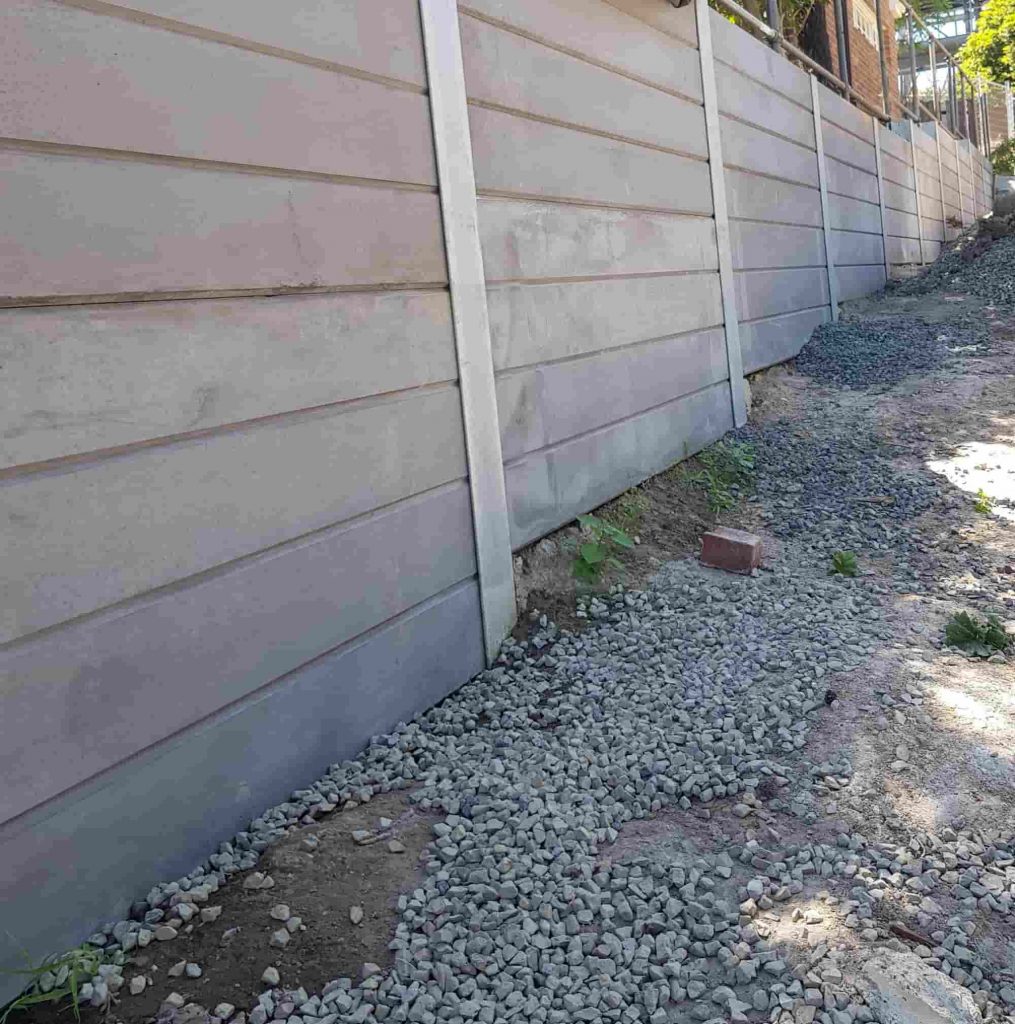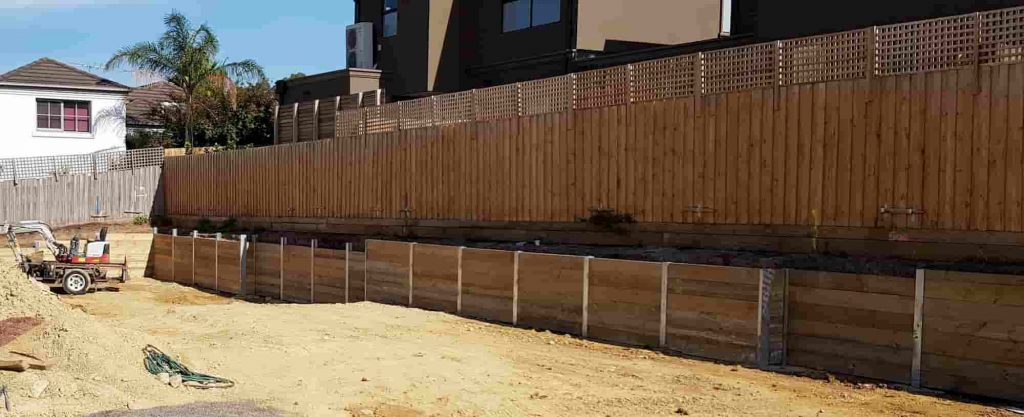Introduction
When it comes to landscaping and residential or commercial property management, retaining walls play an important role. These structures are necessary for handling soil erosion, creating usable land area, and even enhancing the aesthetic appeal of your home. Nevertheless, the efficiency and longevity of a retaining wall hinge substantially on one important element: planning This article delves deep into the importance of correct planning by your retaining wall contractor and how it can make or break your project.

Why Proper Planning by Your Retaining Wall Builder is Crucial
Proper preparation by your retaining wall contractor is vital for a number of factors. Firstly, without a well-thought-out plan, you run the risk of the wall failing to perform its desired function-- supporting soil and avoiding disintegration. A badly designed or constructed wall could result in severe concerns like structure damage, landscape destruction, and even security hazards.
Furthermore, preparing incorporates different elements such as product selection (timber sleeper vs. concrete sleeper), structural integrity (utilizing H beams), drainage factors to consider, and visual aspects. By understanding these elements in advance, you can conserve yourself time and money in the long run while making sure a long lasting structure that fulfills all your needs.
Understanding Various Kinds of Keeping Walls
1. Timber Sleeper Walls
Timber sleeper walls are popular for their natural look and versatility. They integrate magnificently with gardens but need careful preparation to guarantee they can hold up against the pressures of soil.
- Advantages: Aesthetic appeal, cost-effective. Disadvantages: Susceptible to rot if not correctly treated.
2. Concrete Sleeper Walls
Concrete sleeper walls use remarkable strength and toughness compared to lumber choices. They are perfect for high-load scenarios but can be more expensive.
- Advantages: Durability, very little maintenance required. Disadvantages: Greater preliminary cost.
3. H Beam Reinforced Walls
For substantial load-bearing applications or in areas prone to heavy rainfall, making use of H beams provides unmatched structural support.
- Advantages: Exceptional strength. Disadvantages: Requires competent labor for installation.
Key Factors in Preparation Your Maintaining Wall
4. Soil Analysis
Conducting a comprehensive soil analysis is important. The type of soil will dictate the style requirements for your keeping wall.
- Clay soils may broaden when damp however diminish when dry. Sandy soils drain pipes well however might not offer appropriate support.
5. Drainage Solutions
Including effective drainage options in your plan is non-negotiable! Water buildup behind a retaining wall can trigger it to stop working catastrophically.
Types of Drain Solutions
- Weep holes Drainage pipes Gravel backfill
The Significance of Regional Regulations
6. Building Codes and Permits
Before commencing any construction project, acquaint yourself with regional building regulations and allowing processes associated with keeping walls.
- Ensure you're certified with height restrictions. Some locations may require engineering evaluations for taller walls.
Working with Experts in Retaining Wall Construction
7. Picking the Right Builder
Selecting a knowledgeable professional for developing your retaining wall is imperative! Search for credentials that reveal knowledge in handling both timber sleeper and concrete sleeper options.
Questions to Ask Prospective Builders
What kinds of products do you specialize in? Can you provide references from previous projects?Design Considerations in Your Retaining Wall Plan
8. Aesthetic Integration with Landscape Design
Your retaining wall should not simply be functional; it needs to also improve the charm of your landscape!
Tips for Aesthetic Integration
- Choose materials that complement existing features. Incorporate plants or decorative stones around the base for additional charm.
Cost Estimate and Budgeting
9. Comprehending Task Costs
Budgeting successfully includes understanding all potential costs associated with building a maintaining wall.
|Cost Component|Estimated Variety|| ---------------------|-------------------|| Product Expenses|$50 - $150 per sq feet|| Labor Expenses|$30 - $100 per hour|| Allow Costs|Varies by place|
FAQs about Keeping Walls
1. What is a retaining wall's main purpose?
A retaining wall's main function is to keep back soil from wearing down or collapsing into lower areas on a home while also developing usable flat surface areas for landscaping or building purposes.
2. How do I pick between timber sleeper and concrete sleeper walls?
Consider factors such as aesthetics, budget plan constraints, durability requirements, and maintenance preferences when choosing in between timber sleeper and concrete sleeper walls.
3. Can I build a retaining wall myself?
While DIY projects are tempting to conserve costs, it's recommended to speak with professionals who possess knowledge about structural integrity, drain services, and regional guidelines to prevent future problems.
4. The length of time does an appropriately prepared retaining wall last?
With correct building using quality products like concrete sleepers or dealt with lumber sleepers together with great drain systems, a well-planned retaining wall can last upwards of twenty years or more!
5. What happens if my retaining wall fails?
If your retaining wall stops working due to bad preparation or execution, it could cause considerable residential or http://knoxciqv308.wpsuo.com/retaining-wall-installer-vs-home-builder-comprehending-the-differences commercial property damage including disintegration problems that impact landscaping and even home foundations-- leading potentially expensive repairs!
6. How frequently must I inspect my keeping wall?
It's a good idea to inspect your retaining wall a minimum of once a year after heavy rains or storms considering that these occasions can compromise structural integrity over time.

Conclusion
In summary, proper planning by your retained wall home builder can not be overstated! By meticulously considering aspects such as material selection (timber sleeper versus concrete sleeper), drain options, local policies compliance; you'll pave the way toward achieving a visually pleasing yet robust structure that stands against time's test-- a real testament not just of performance however also artistry within landscape architecture! So do not hurry through this vital stage-- take some time now so you will not regret it later!
This thorough guide works as a vital resource whether you're contemplating installing a new retaining wall or looking into modifications on an existing one; bear in mind that investing effort into thoughtful planning today will pay dividends tomorrow!